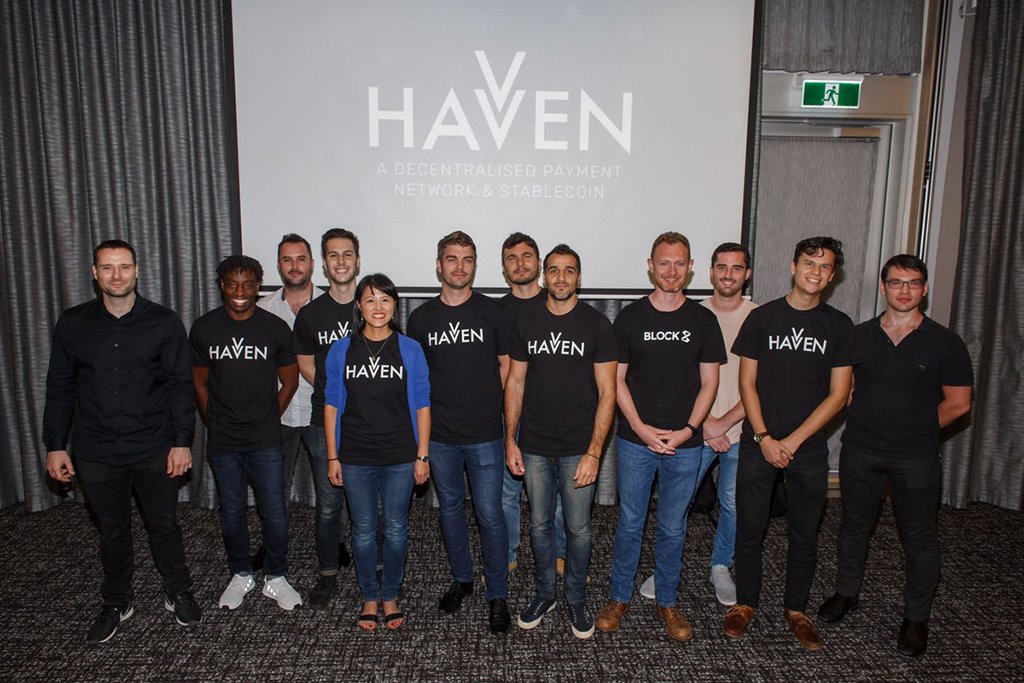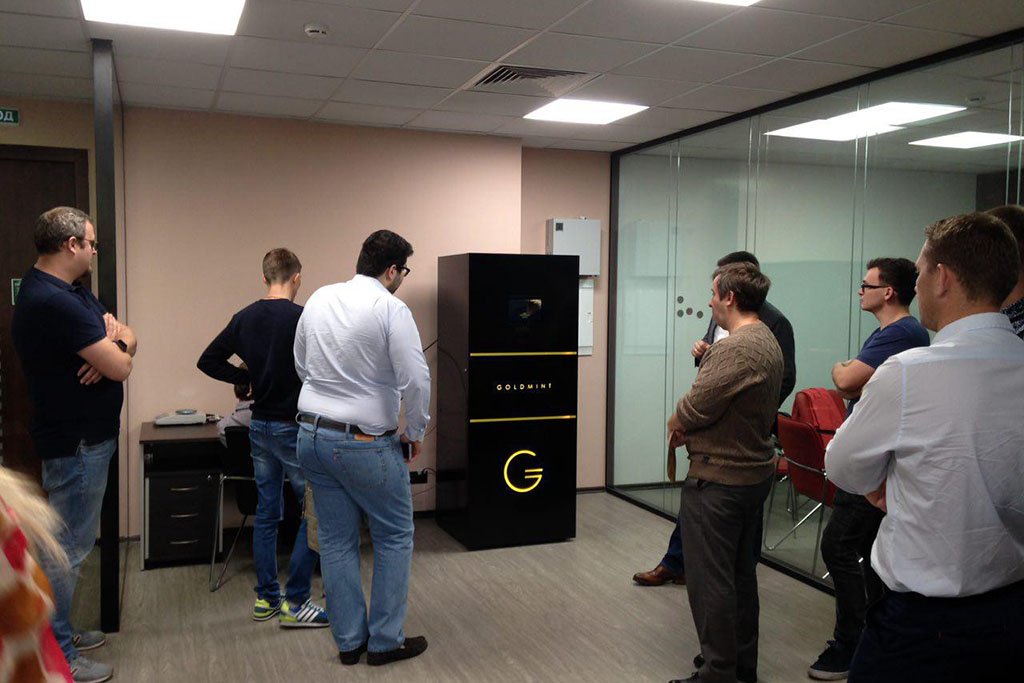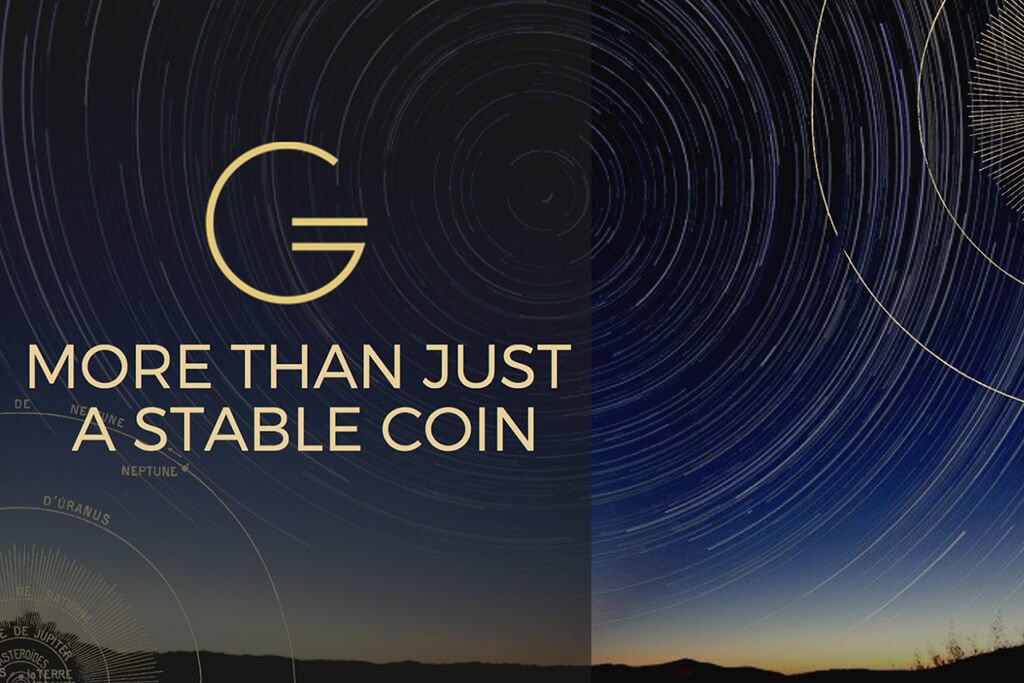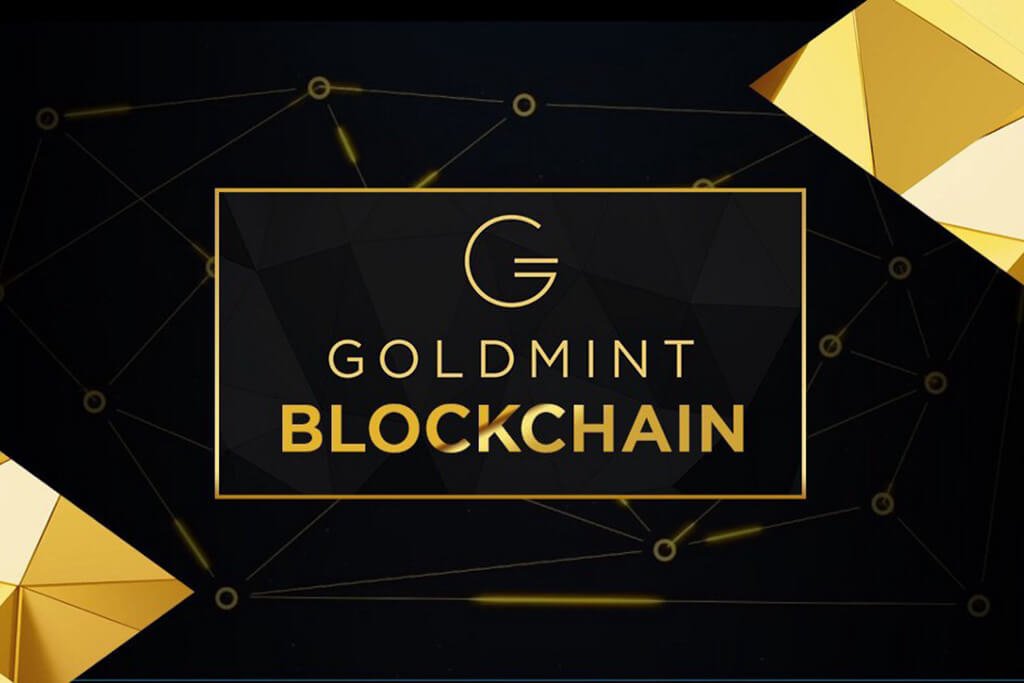
Goldmint has remained one of the few projects that stayed on the market and that continues to function and follow the planned path. A lot of work has been done. The founders of the project know where they are going and why their project is needed.
One of the most time-consuming and technically complex stages of the project is the development and launch of its own blockchain. The company decided to implement blockchain based on the development of Sumus team.
The “Mint — blockchain for the pawnshops” business model enables the transfer of pawn shop transactions into the Goldmint blockchain network in a hash form. It allows pawn shops to solve the issue of their transactions’ non-transparency and attract cheap financing.
In order to use Mint blockchain, pawn shops pay a commission for transactions; part of these commissions are received by the holders of MINT tokens for storing data and participating in transaction verification. To get the commission, the MINT token holders must launch the master-node of Mint blockchain (at least 10,000 MINT tokens are needed).
The development of the unique blockchain required huge amounts of efforts, time and money resources (about several hundred thousand dollars).
Very important point is that this development will support the other commodities, not only gold. Any company that needs transparency and reliability of data will be able to store their transactions in the Mint blockchain and be sure of the safety and security of their data.
One of the special features of this blockchain is that it offers a high speed of transactions (more than 10000 tps), as well as increased security.
Namely:
1. Storage of private keys on the node is done not in open spaces, but in crypto containers. Crypto containers are password-encrypted files that store private keys. They allow you to protect private keys if a node is compromised.
2. Compliance with BFT (Byzantine fault tolerance) if there is the consensus. The problem is solved in one way or another in any blockchain, but this system offers a more secured solution, for example, in the algorithms of the Proof-Of-Work consensus.
3. Equivalent selection of nodes in consensus (no point of failure).
Any node can be equally likely a node master, regardless of any parameters. In this way, fault tolerance is improved.
4. The unique ID of each transaction from the wallet.
A unique ID allows solve the problem of double spending from the wallet. Example: user A sends transaction 1 to user B for payment for certain services. User B blocks in one way or another the receipt of the transaction in the block. User A repeatedly creates transaction 2 that transfers funds to a user B account. Blockchain accepts transaction 2, money is transferred to user B account. Then user B makes transaction 1 to the account. Blockchain accepts transaction 1, money is re-written off from user A account and transferred to user B. In this case, it is not possible to re-send transaction 1 since its ID is less than the ID of transaction 2.
5. The BFT algorithm protects against a 51% attack. This implementation of BFT protects against a 51% attack because there is no way to affect the selection of the master node to create the block. In PoW blockchain, it is influenced by the node’s hash, for example.
6. Advanced algorithm for generating a random pseudo-sequence.
This is used when choosing the voting nodes. Nodes are selected in a pseudo-random manner. This makes sure that there is no attack on the choice of escorting nodes.
7. No possibility to download executable code (no smart contracts). There is no way to download the user’s harmful code.
8. Verification of all transactions` correctness in the block and their signatures by all nodes, regardless of participation in the consensus of this block. All nodes check all the transactions in the block and their signatures, regardless of their participation in reaching a consensus.
In the team`s blog on Medium, one can find information with a full description of the technical features of the blockchain. For the most advanced users, there is also a detailed description of the principle of action. A video with tests of the blockchain can be found on the team’s official YouTube channel.
Goldmint directed all efforts to implement the technical side of the project in order to launch the current product on the market as soon as possible.
At the moment, the blockchain is working in test mode. Everyone can participate and check out how the blockchain works, and even raise the test node. To do this, a few simple steps need to be performed: register, install and run the core blockchain and get test tokens.
Goldmint plans to transfer transactions of one of the largest pawnshop networks MosGorLombard to its own blockchain in the nearest future. After tokes migration, the holders will begin to receive commissions in GOLD.






